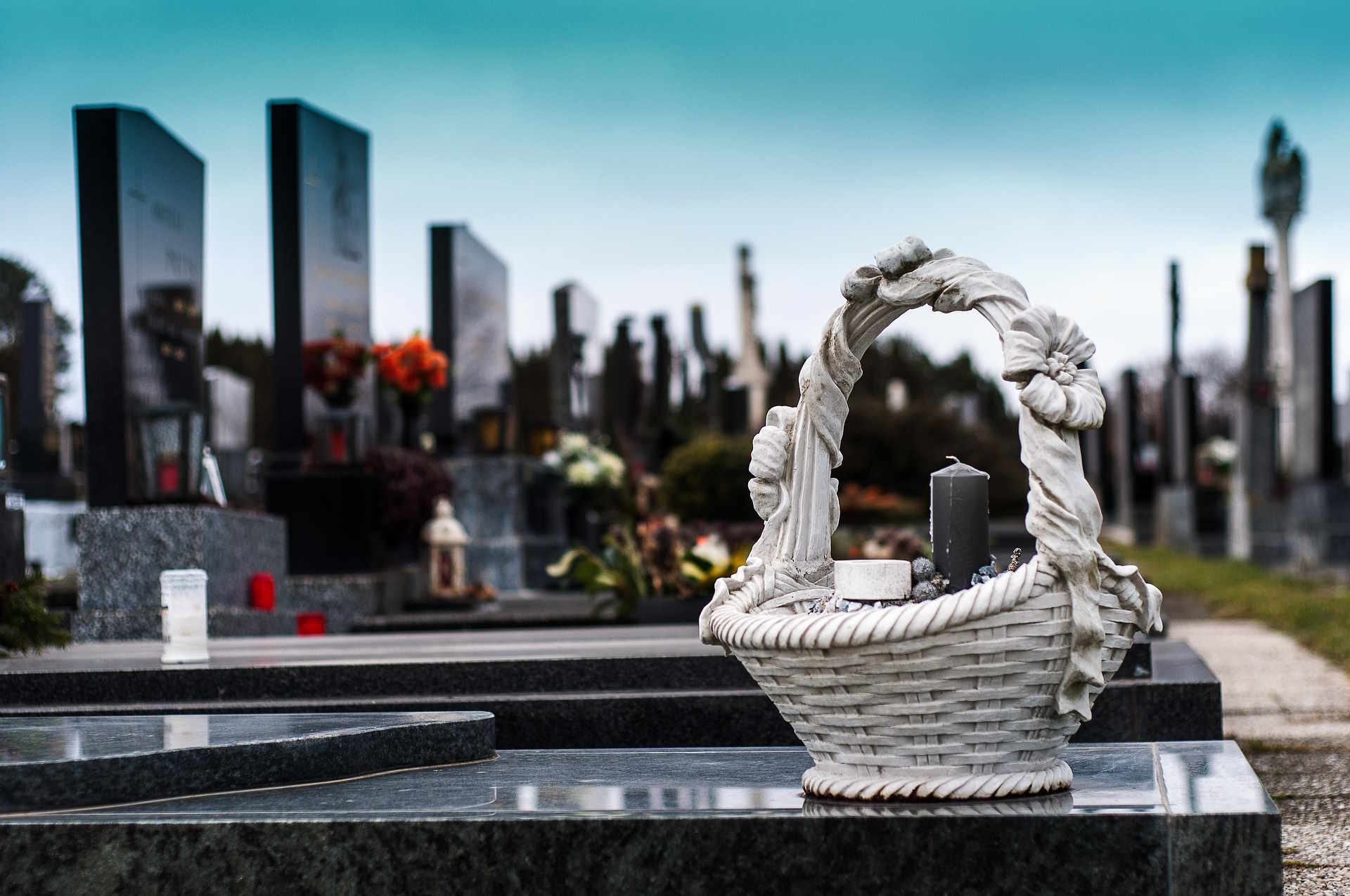Understanding the Cremation Process: Step-by-Step Overview
Cremation is a deeply personal choice, yet many people don’t fully understand what the process involves. From the moment a loved one is prepared for cremation to the final return of the ashes, each step is carried out with care, respect, and attention to detail. In this article, we walk you through the full process of modern cremation—from identification and preparation, to the cremation itself, and finally, the handling of remains. Whether you're planning ahead, coping with a loss, or simply curious, this transparent look at the cremation process may bring clarity and peace of mind. See how modern cremation works and what to expect at every stage.

Identification and Authorization Procedures in Modern Cremation
The cremation process begins with strict identification and authorisation protocols that must be completed before any cremation can take place. In the UK, a medical certificate confirming the cause of death must be obtained from a doctor, followed by registration of the death with the local registrar. The registrar then issues a certificate for burial or cremation, which is essential documentation.
Family members or the appointed executor must provide written consent for the cremation, and the deceased must be formally identified by someone who knew them personally. Crematoria maintain detailed records throughout this process, with identification tags accompanying the deceased at every stage. These procedures ensure complete traceability and prevent any possibility of confusion or error during the cremation process.
How Simple Cremation Services Are Carried Out Step by Step
Simple cremation services follow a standardised sequence of events designed to handle the deceased with care and respect. After authorisation is complete, the deceased is transported to the crematorium in a suitable coffin or container. Upon arrival, final identification checks are performed, and the coffin is placed in a designated holding area until the scheduled cremation time.
The service itself may include a brief ceremony if requested by the family, though simple cremations typically focus on the practical aspects rather than elaborate memorial services. Staff members conduct final paperwork verification, ensure all metal items that could interfere with the process are removed, and prepare the cremation chamber. The entire process from arrival to completion typically takes between two to four hours, depending on various factors including the type of coffin and the deceased’s physical characteristics.
What Happens During the Cremation Itself: A Detailed Explanation
The actual cremation takes place in a specially designed chamber called a cremator, which operates at temperatures between 800 to 1000 degrees Celsius. The coffin containing the deceased is placed into the primary chamber, where the intense heat reduces both the coffin and the body to bone fragments and ash. This process typically takes between 60 to 90 minutes, depending on several variables.
During cremation, any metal objects such as surgical implants, jewellery, or coffin fittings are separated from the remains using magnetic equipment. The cremation chamber is designed to ensure complete combustion while maintaining environmental standards through sophisticated filtration systems. Throughout this process, identification systems ensure that each cremation is tracked individually, maintaining the integrity and dignity of the procedure.
Understanding How Ashes Are Collected and Returned to the Family
After the cremation is complete, the remaining bone fragments are allowed to cool before being processed into the fine ash commonly associated with cremation. These remains are carefully collected from the cremation chamber and processed through a machine called a cremulator, which reduces any remaining bone fragments to a consistent texture.
The processed ashes, weighing typically between 1.5 to 3.5 kilograms for an adult, are then placed in a temporary container or an urn chosen by the family. Each container is clearly labelled with the deceased’s details and the cremation date. Families can usually collect the ashes within 24 to 48 hours of the cremation, though some crematoria offer delivery services. If ashes are not collected within a specified timeframe, crematoria have policies for their respectful disposal, usually involving scattering in designated memorial gardens.
Final Considerations and Documentation
Upon completion of the cremation process, families receive official documentation confirming that the cremation has taken place according to legal requirements. This includes a certificate of cremation, which some families may need for legal or administrative purposes. Many crematoria also provide memorial options, from simple plaques to dedicated garden spaces where ashes can be scattered or interred.
The entire cremation process is regulated by strict guidelines to ensure environmental compliance, proper record-keeping, and respectful treatment of the deceased. Understanding these procedures can help families make informed decisions and know what to expect during what is often an emotionally challenging time. The systematic approach ensures that every cremation is conducted with the same level of care, dignity, and attention to detail that families deserve during their time of loss.




